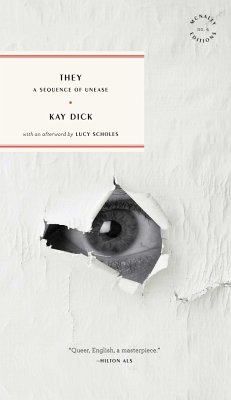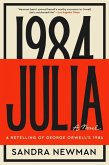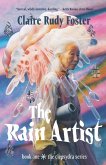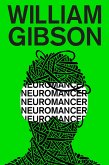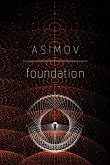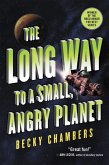A rediscovered dystopian classic about artists struggling to resist violent suppression—“queer, English, a masterpiece.” (Hilton Als) Set amid the rolling hills and the sandy, shingle beaches of coastal Sussex, this disquieting novel depicts an England in which bland conformity and cultural amnesia are the terrifying order of the day. Violent gangs roam the country destroying art and culture and brutalizing those who resist the purge. A loosely connected band attempts to evade the chilling mobs, but as the menacing “They” creep ever closer, it’s only a matter of time before the dissidents’ luck runs out. When it first appeared in 1977, Kay Dick’s novel startled readers with its eerie, haunting power. As Lucy Scholes observes in her afterword, the novel’s power lies in its mysteries: the elusive, automaton-like “They,” the narrator whose gender is never revealed, and the androgynous relationships portrayed with unusual frankness. More than a dystopian allegory, They can be read as a cry for artistic and personal freedom by a writer who refused to live by society’s rules. Prescient, chilling, and uncannily resonant today, it stands as Kay Dick’s masterpiece.
Bitte wählen Sie Ihr Anliegen aus.
Rechnungen
Retourenschein anfordern
Bestellstatus
Storno

